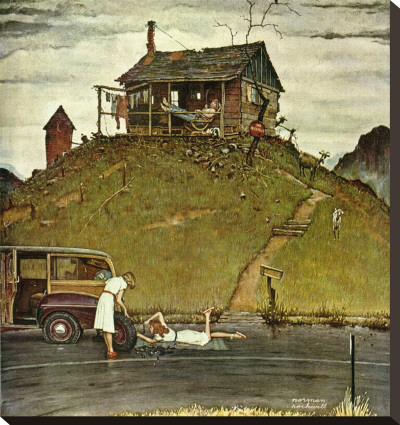...using documents, images, maps and online tools
 Norman Rockwell's Family Tree 1959
Norman Rockwell's Family Tree 1959 Tags:
Views: 4147






 rockwell_mississippi.jpg, 179 KB
rockwell_mississippi.jpg, 179 KB 




This community is focused on ideas and resources for teaching using digital historical resources.